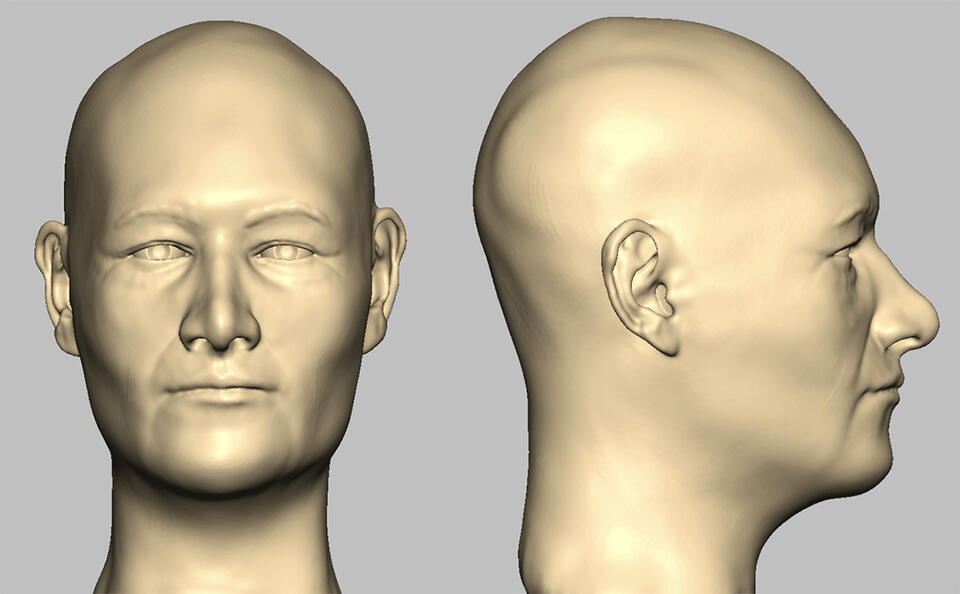The first cranio-facial reconstructions of two bodies found in an Indus-era cemetery in Rakigarhi were published not too long ago; both subjects, known as 7.2 A1 BR02 and 7.2 A2 BR36 are shown above. Cemetery dates from accelerator mass spectrometry are between roughly 2300 and 2600 BCE. Craniofacial reconstruction (CFR) is a new field, and subject to many assumptions; for example, in this case, "At the skin surface layering stage, we used the average facial soft-tissue depths (FSTD) data for the Indian population group representative of northwest Indian adults (Sahni et al. 2008)" (p. 4). Nonetheless, the best of existing science was used to come up with these ground-breaking models, although it should be said that we are not entirely sure of who exactly was buried in Indus-era cemeteries, whether they were inhabitants of what we call Indus civilization, or visitors or simply people from different ethnic and tribal groups that probably comprised the bulk of the population at the time, and may or may not have shared all of parts of what we call Indus civilization. That said, images mean a lot, and the authors of this paper, from India, South Korea, England and Scotland are suitably circumspect about the challenge:
"Revealing what the people looked like has proved to be one of the most important tasks for researchers interested in the IVC. However, this demand has not easily been met, particularly as IVC cemeteries and graves have not been investigated sufficiently to date. The anthropological data obtained from IVC skeletons still falls short of what would be needed for any comprehensive account in this respect. Also, as noted above, no artistic likenesses of individuals in terms of portraiture have been found or analyzed other than IVC figurines. Actually, the Priest-King, a famous figurine found at Mohenjo-daro, might be on exception. The male bust had been depicted with a close-cropped beard, half-closed eyes, an encrusted diadem around his head, and a robe of trefoil design. However, it is not an accurate representation of this population’s facial morphology (During Caspers 1985)," and "Since only a small number of Rakhigarhi skeletons’ faces were tried in the present study, more cases from wider areas of IVC cemeteries still remain to be reconstructed."
Images mean a lot. There are other reconstructions from these images available on the web but they are purely speculative. This research is a big but tentative step, and much more hopefully can be done as new skeletons and research is completed in the years to come.




